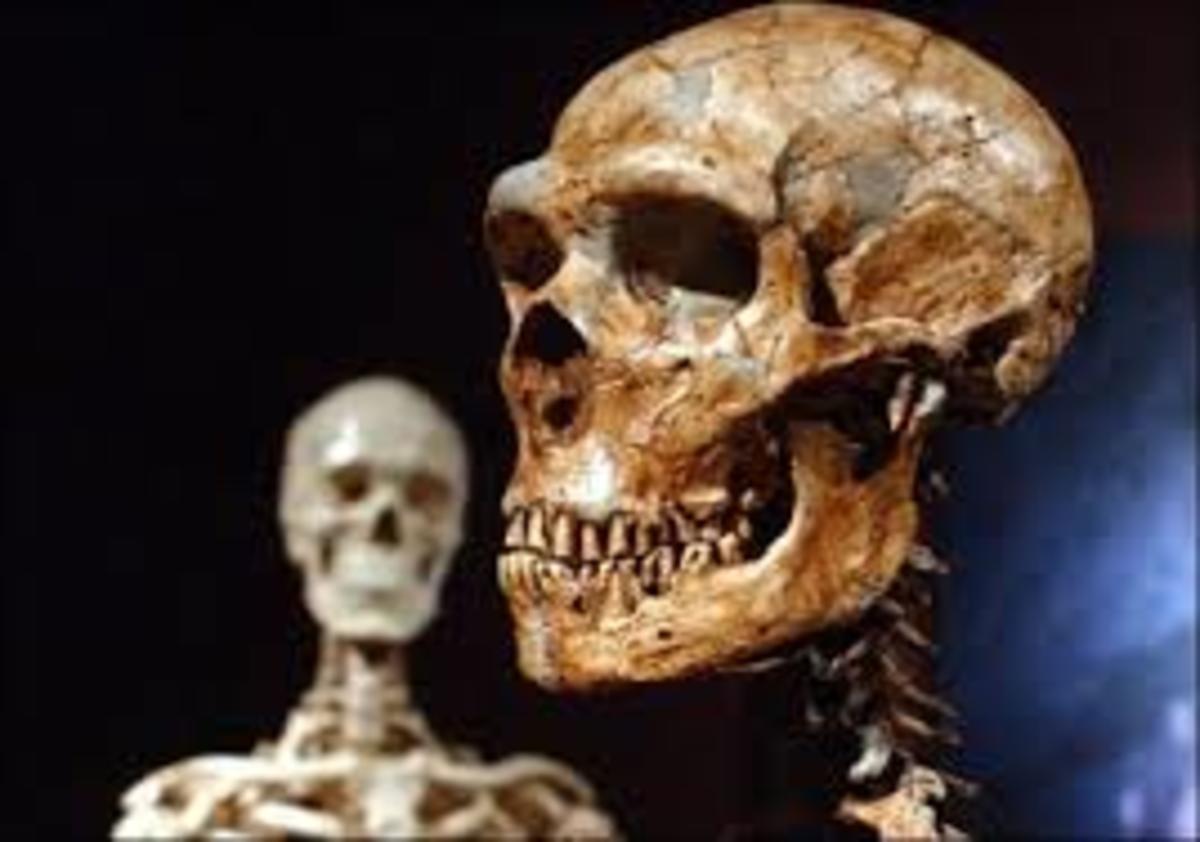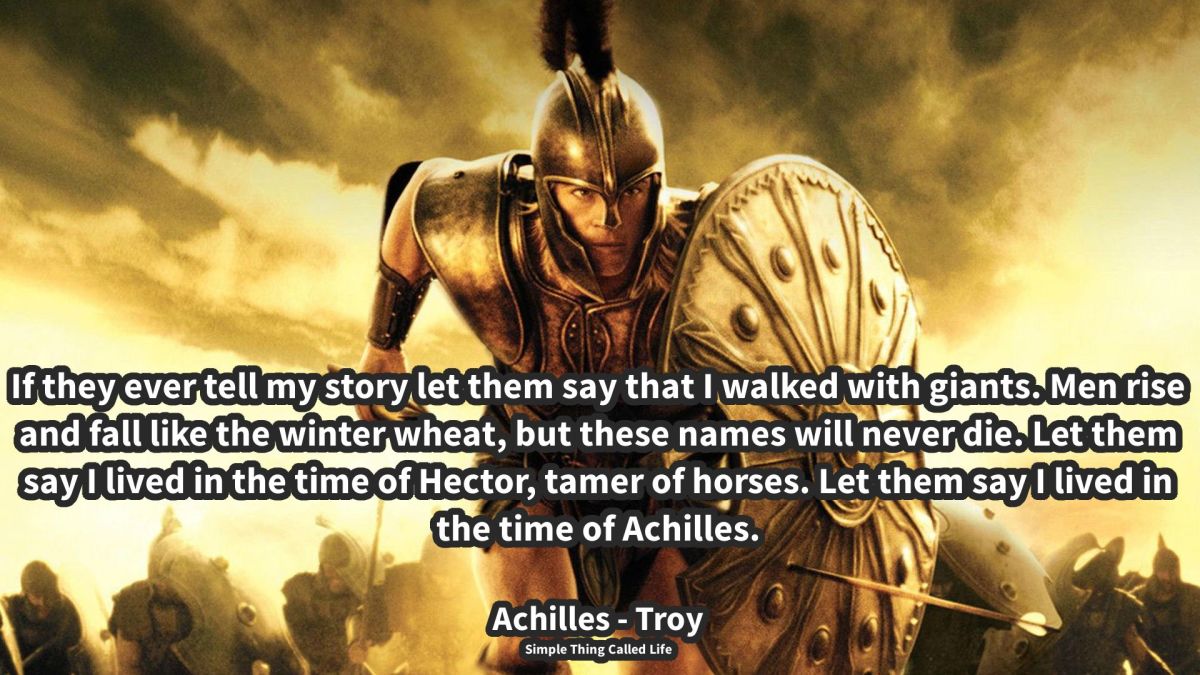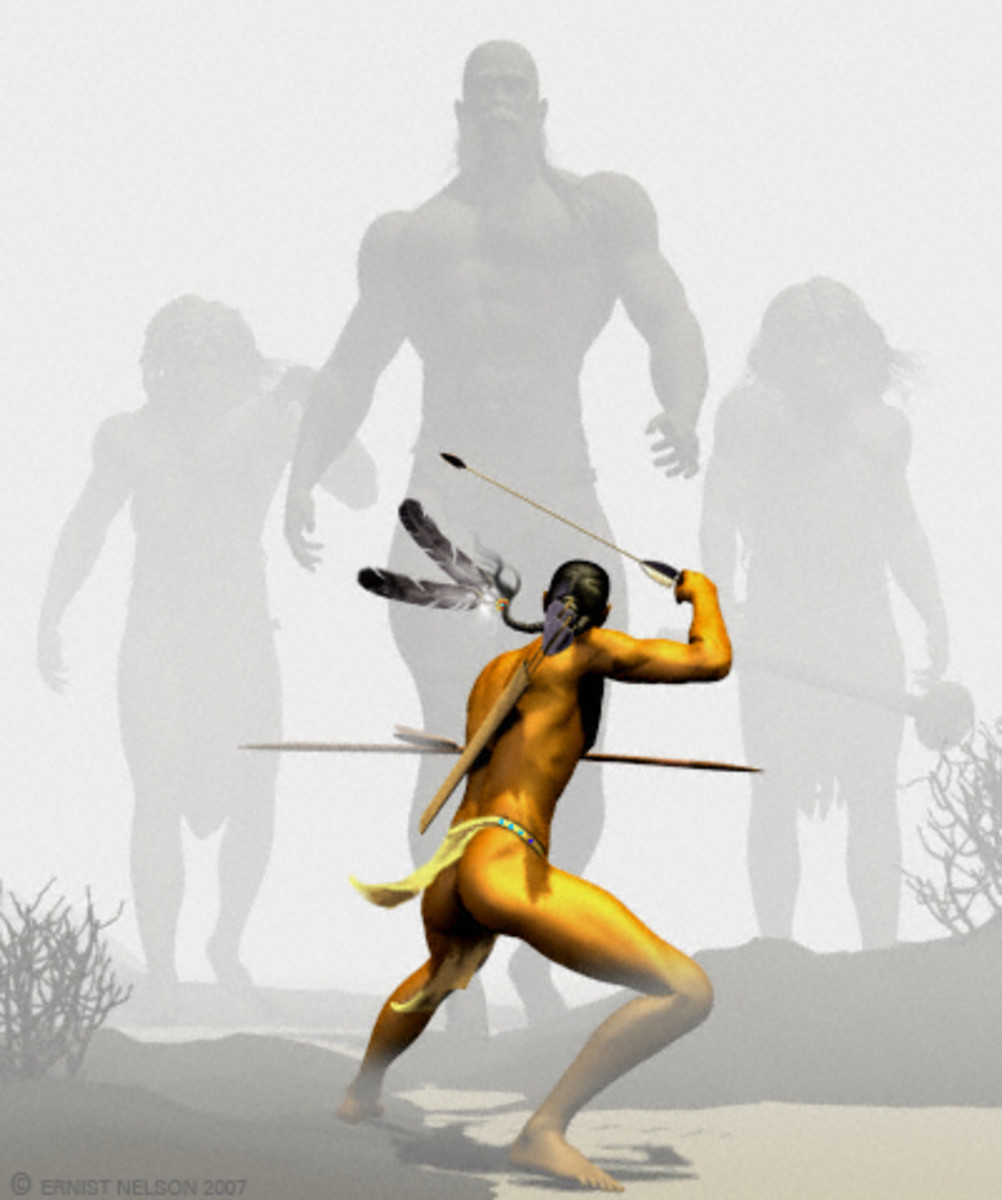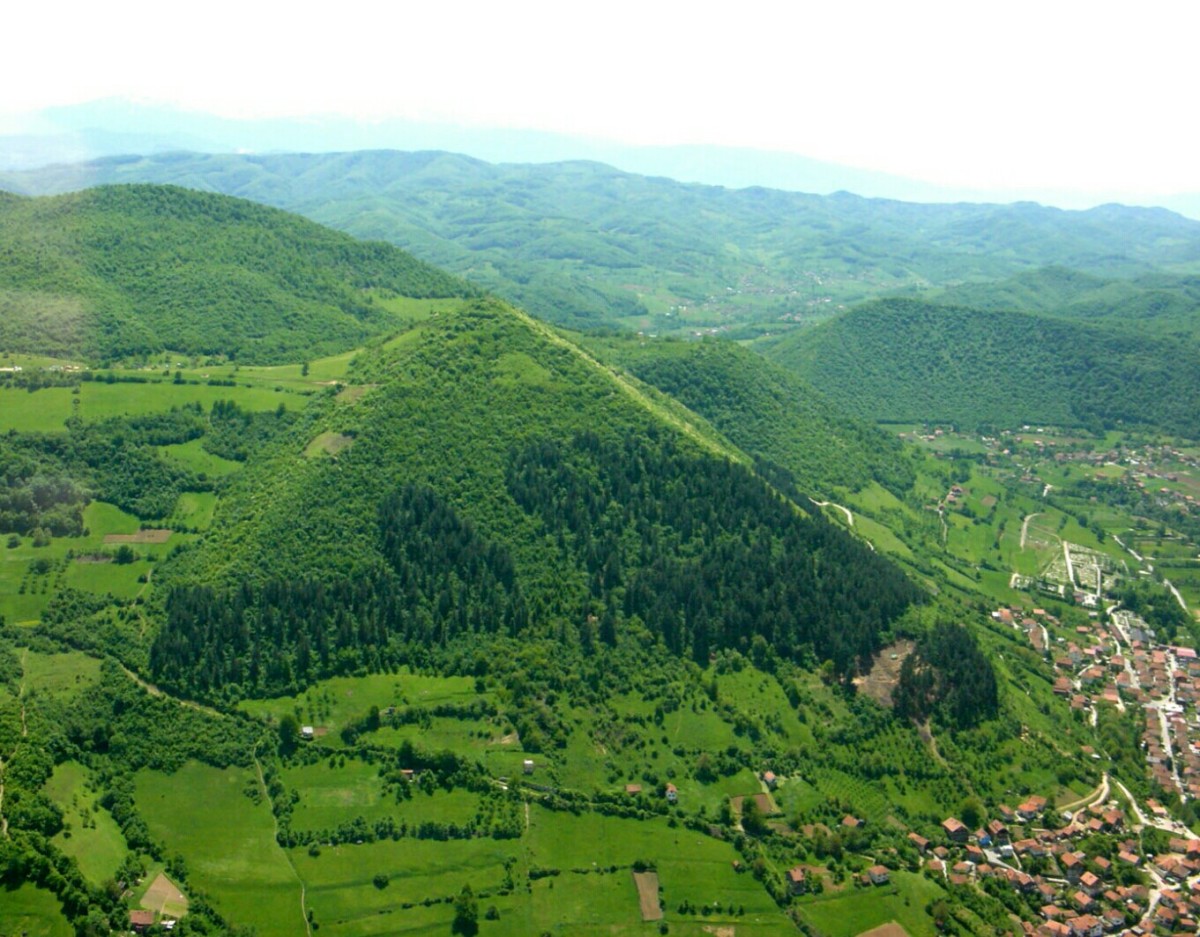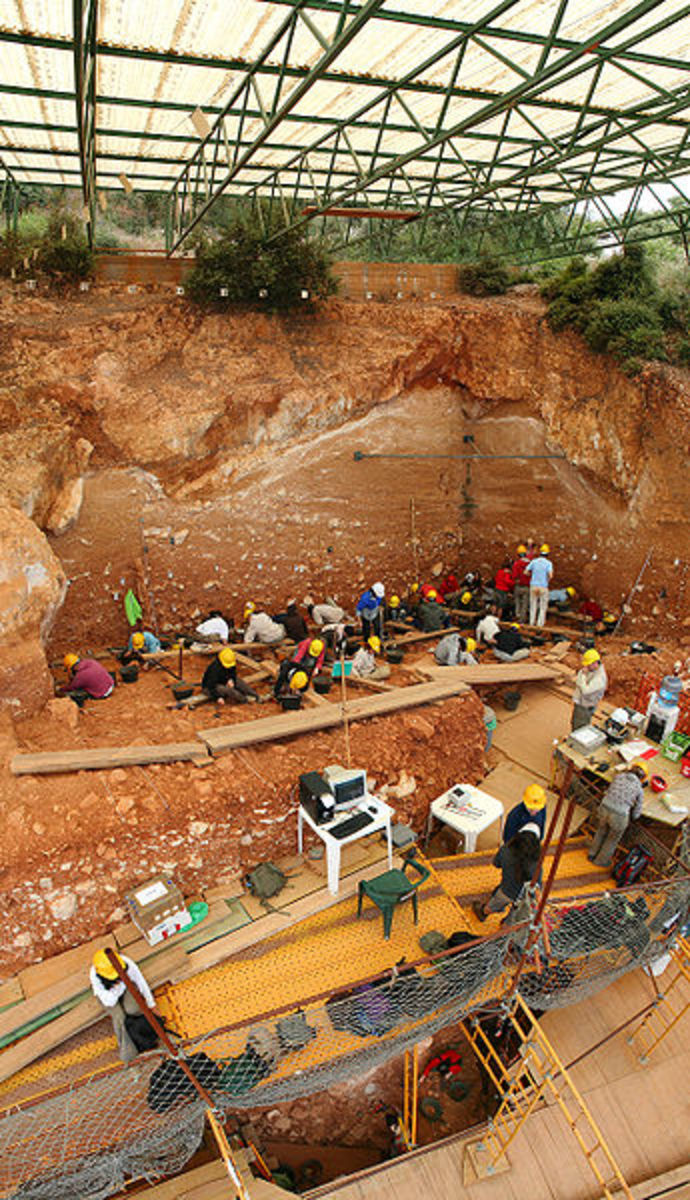- HubPages»
- Education and Science»
- History & Archaeology»
- Archaeology
Dragon Bone Hill: An Ice Saga of Homo Erectus...
Dragon Bone Hill, Homo Erectus...
Dragon Bone Hill: An Ice Age Saga of Homo Erectus. By Noel Thomas Boaz and Russell L. Ciochon. (New York: Oxford University Press, 2004. 232 pp. $35.00, ISBN 0-19-515291-3.)
The authors Boaz and Ciochon attempted to create a very readable history of the archaeological digs in China during the 1920’s and 1930’s and in particular the “Peking Man” skulls and artifacts that were found during the excavation. Compared to other books with similar subject matter, Dragon Bone Hill was very enjoyable and educational, and also a quick read. The goal of this book is to help the reader understand how the confusion of World War II created enough massive chaos in China to cause the loss of the vast majority of these artifacts, and to provide some theories about Homo Erectus and what may have happened to him. The book is clearly intended for more advanced readers, as it delves into some very technical explanations and theories about evolution and the specific instances that have brought man to the present.
Dragon Bone Hill was organized starting with the introduction of the conditions relating to the archaeological site and how it was selected as a good candidate for future work. For most of the early 20th century Paleontology was pretty wide open, with lots of different theories about various bones and artifacts found in the world. Asia was thought to be one of the leading locations of where Man first emerged, even though Charles Darwin thought that it was probably Africa. Archaeologists from around the world were flocking to China in the hopes of finding ancient hominid fossils, and a small village outside of Peking soon became a literal hot bed of skulls and artifacts from what became known as “Peking Man”. The book describes in detail the main actors in this story through a period of many years, the struggle during the war years to maintain and study the collection, and the eventual loss of just about all of the artifacts and the possible places that they could still be today. The authors also provide their theories and explanations for how Peking Man (also known as Homo Erectus) fits into the lineage of man, with surprising scientific detail. The book has a very appropriate conclusion with possible methods and ways of testing the stated hypotheses, and Boaz and Ciochon are open to the possibility that their ideas and observations will need to be tweaked through the years as new evidence and artifacts come to light.

Peking Man, or the Chinese Homo Erectus...
In the early 1920’s, the people of China referred to collections of ancient bones that were in various deposits in the countryside as “dragon bones”, which is where the authors got the book title from. While in the country searching for good areas to start an archaeological excavation, a Swede named J. Gunnar Anderson became aware of a location in a small village near Peking with an incredible assortment of old bones in some cave sediments, and he realized there was a possibility of finding extinct animals in that location. So in 1921, he organized an excavation at that site with an assistant named Dr. Otto Zdansky, who soon became consumed with the massive dig. Initially, nothing was found except animal fossils of long extinct creatures from that area, but an ancient hominid tooth was found and kept secret by Zdansky. His goal was to take it back to his lab in Sweden and study it further without Anderson’s intervention. Several years later Zdansky published an article about the tooth in a scholarly journal, which began a huge effort to go back there and see if there was further evidence of ancient hominids.
During subsequent excavations, many Homo Erectus skulls, bones, and artifacts were discovered and stored away in a newly created medical school nearby for further study. Many other members of this story are soon introduced, including Davidson Black at the medical school, who did an incredible amount of biological study on the skulls, and published many articles with his conclusions about them. Upon his death, the person taking over for Dr. Black was a German named Franz Weidenreich, who was very diligent in finishing the studies. The authors describe the many details involved with the loss of the skulls during WWII, and they also provide us with their theories on Homo Erectus and what became of the species.
Neanderthals and Homo Erectus...
The authors postulate a gradual evolutionary transition from H. Habilis to H. Erectus in Africa through clinal replacement, and in Eurasia from H. Erectus Ergaster to H. Erectus Erectus. H. Erectus stayed around in Asia much longer than in Europe, but was eventually displaced by H. Heidelbergensis or H. Sapiens. As an example of clinal replacement theory, the authors mention the Neanderthals in Europe and how they were descended from H. Heidelbergensis and became trapped in various pockets and were relatively isolated from the global human cline due to glaciers, mountains, seas, and meltwater rivers.
According to the book, the skull of H. Erectus was much thicker because of “head bashing”, when conflicts would occur. They would hit each other over the head with rocks or clubs, and this led to the gradual thickening of the skull to protect the fragile brain. Boaz and Ciochon mention that over time as evolutionary transition occurred, culture may have advanced to where having a thick skull was not necessarily an advantage anymore, and man’s face and cranium structure morphed into what we have today. Another theory postulated by the authors is that having a thinner skull was a way to radiate heat from the brain faster and more efficiently than what a thicker skull would allow for. So as man evolved, his heat dispersal systems became more efficient. Also mentioned in the book is that H. Erectus was considered a bloodthirsty killer by many, even though they also had the capacity to care for their sick and wounded.
These are sound views and conclusions by the authors and probably mainstream views by many paleoanthropologists in the world today. The book was very easy to read, and even created a will in the reader to keep on reading to the next chapter, in order to find out what was next. This is recommended reading for anyone who would like to learn more about the predecessors to mankind and how they may have lived their lives. It is important to get a general timeframe in mind for the various potential ancestors of humans, and the book does a good job with that.



